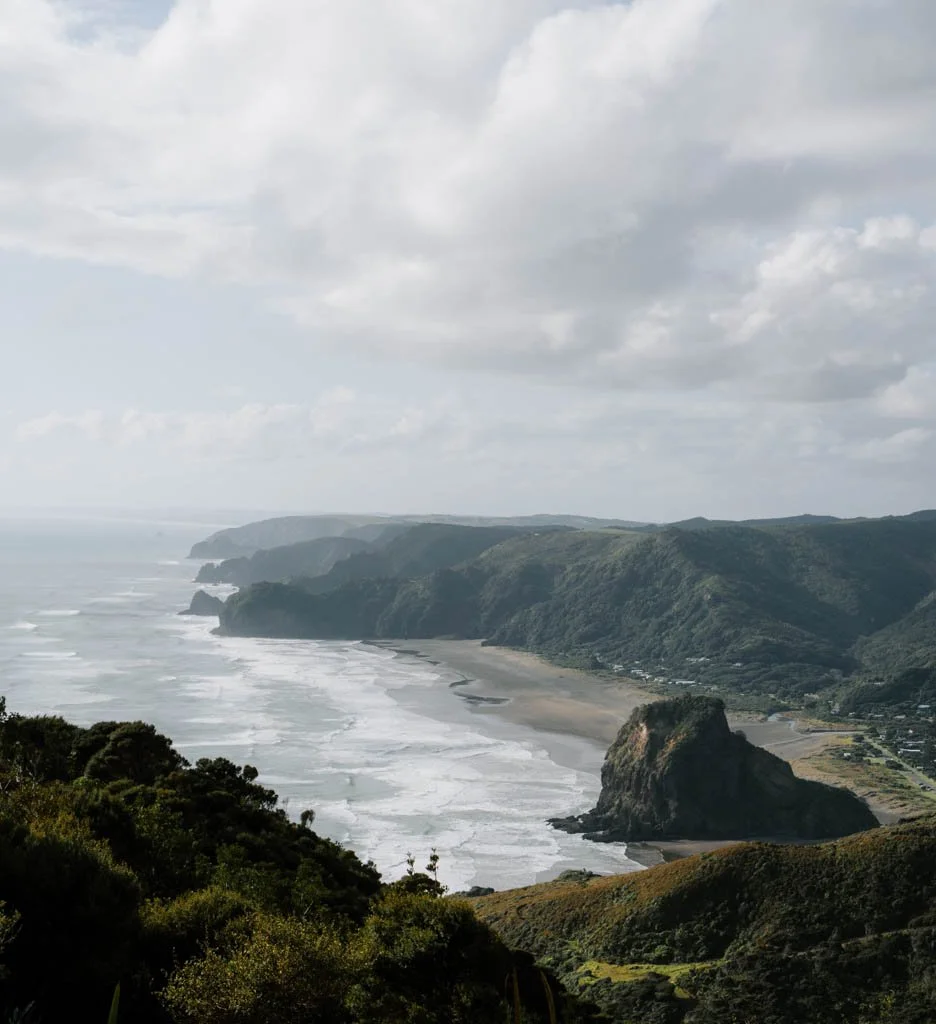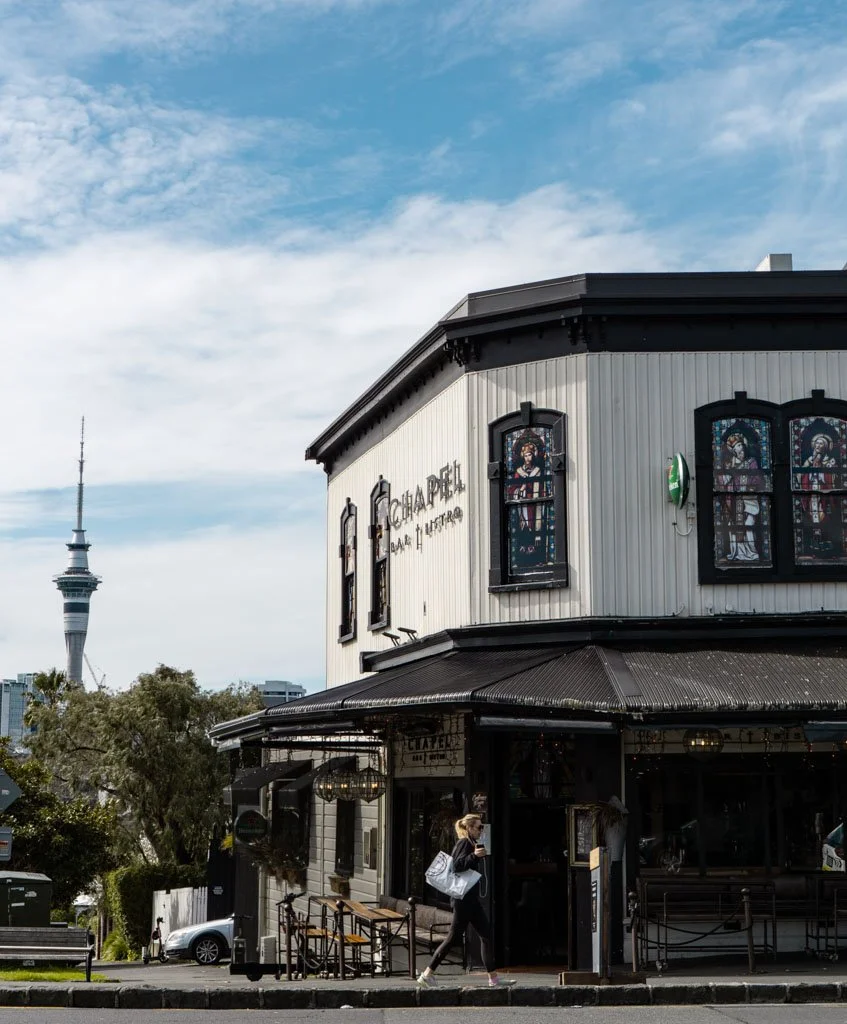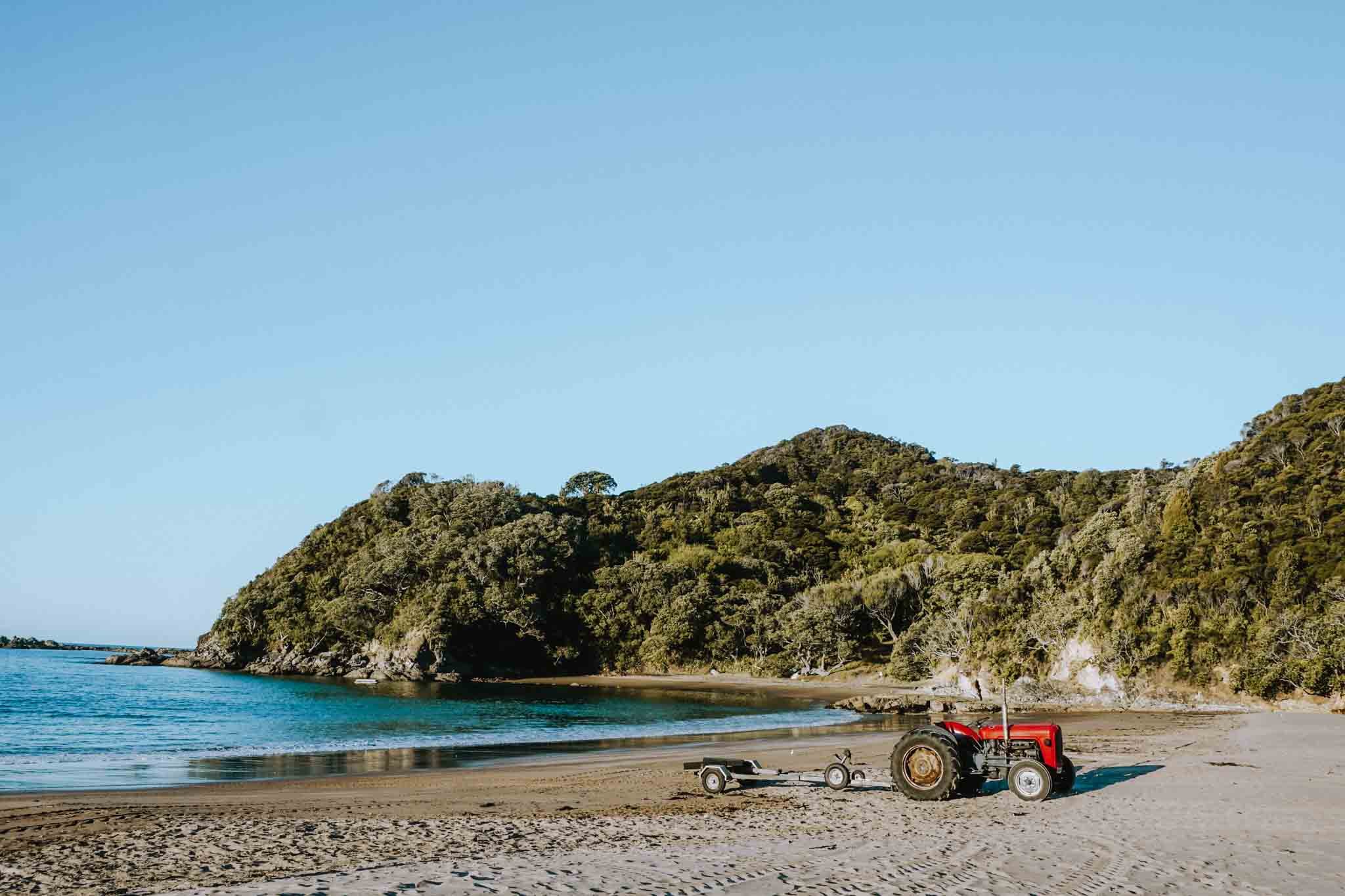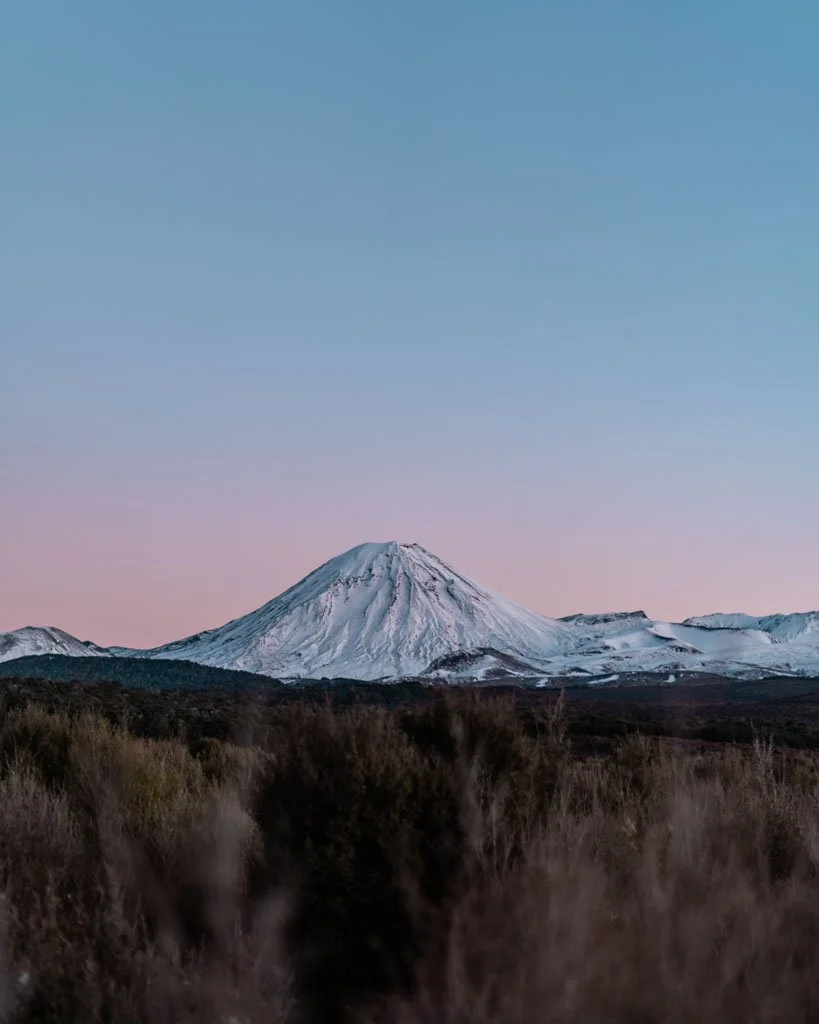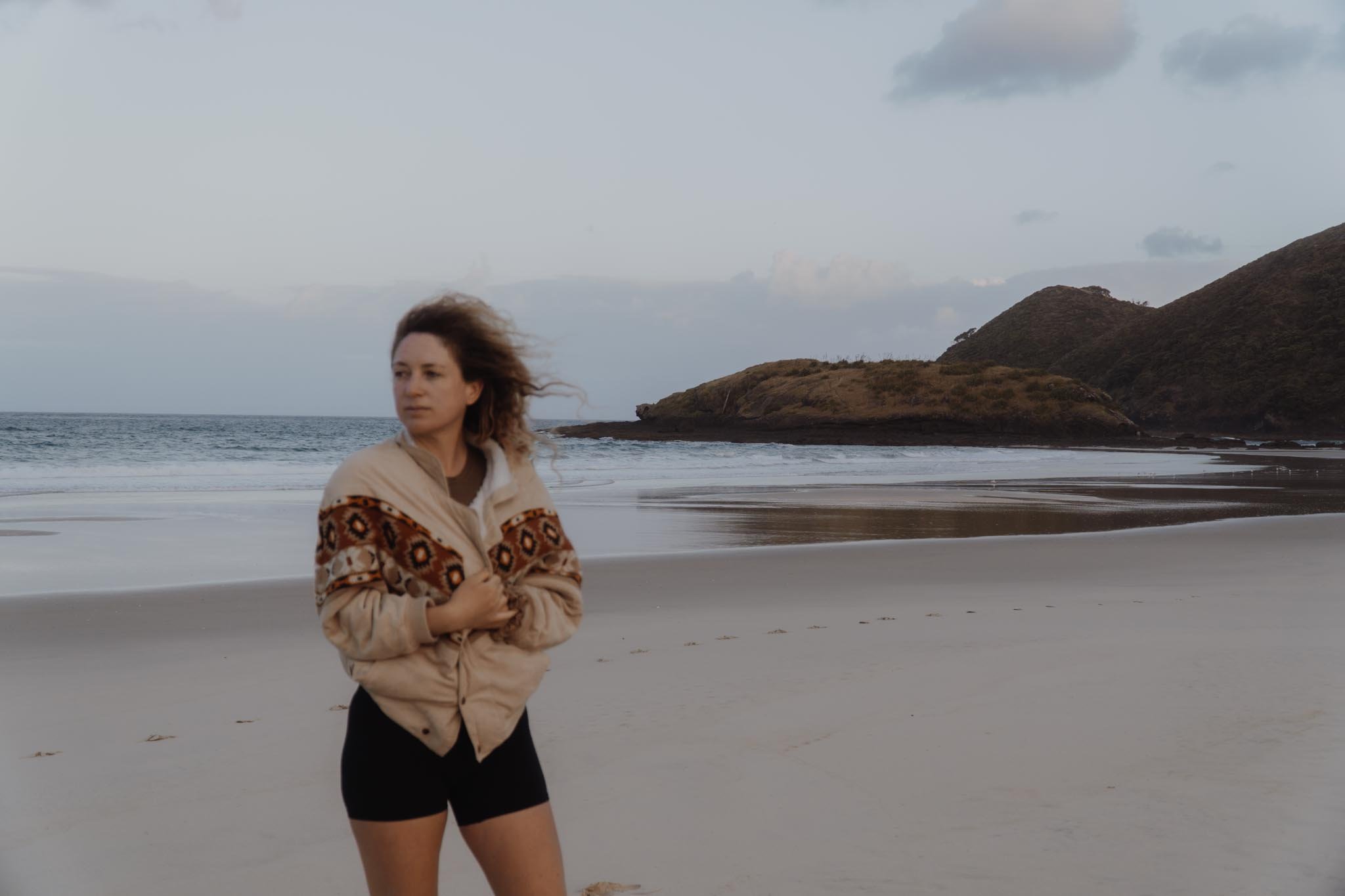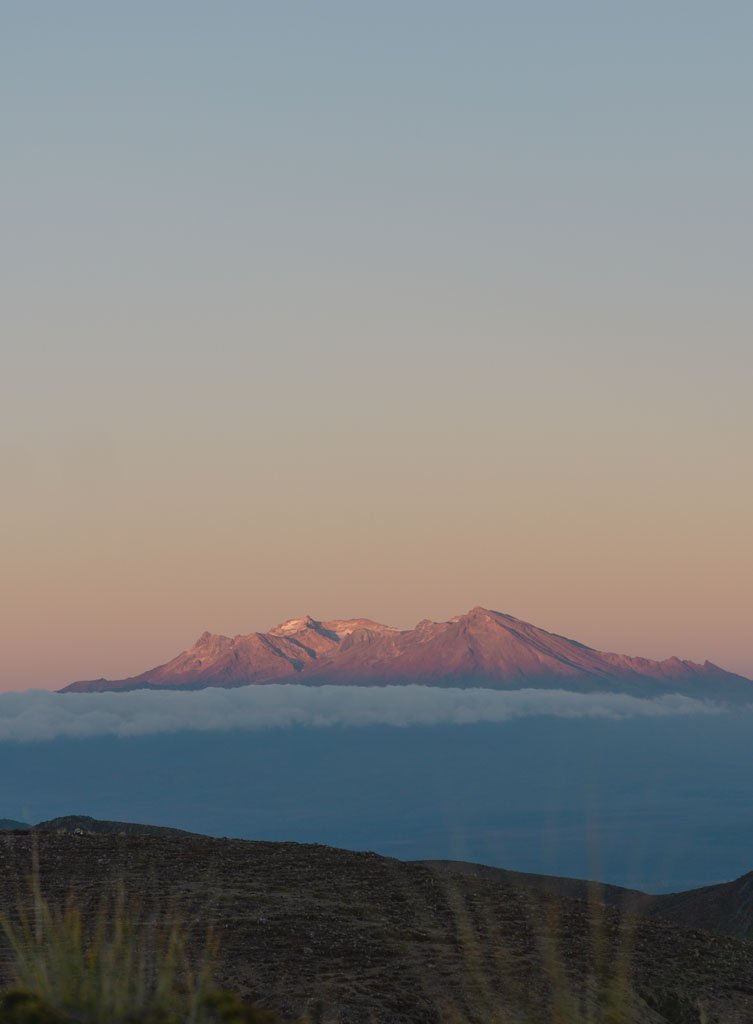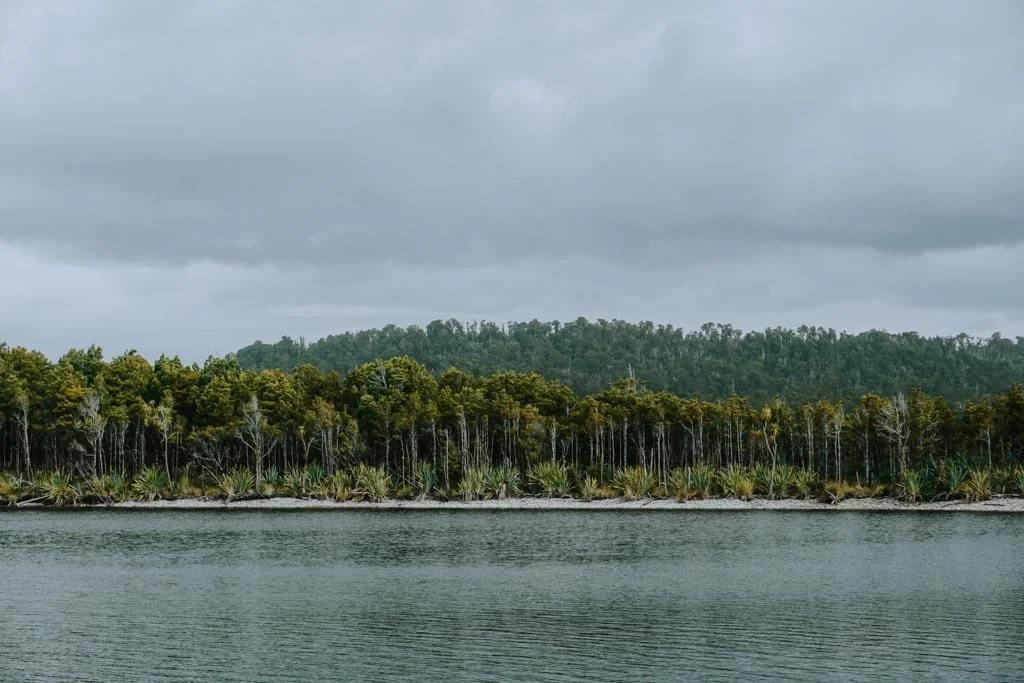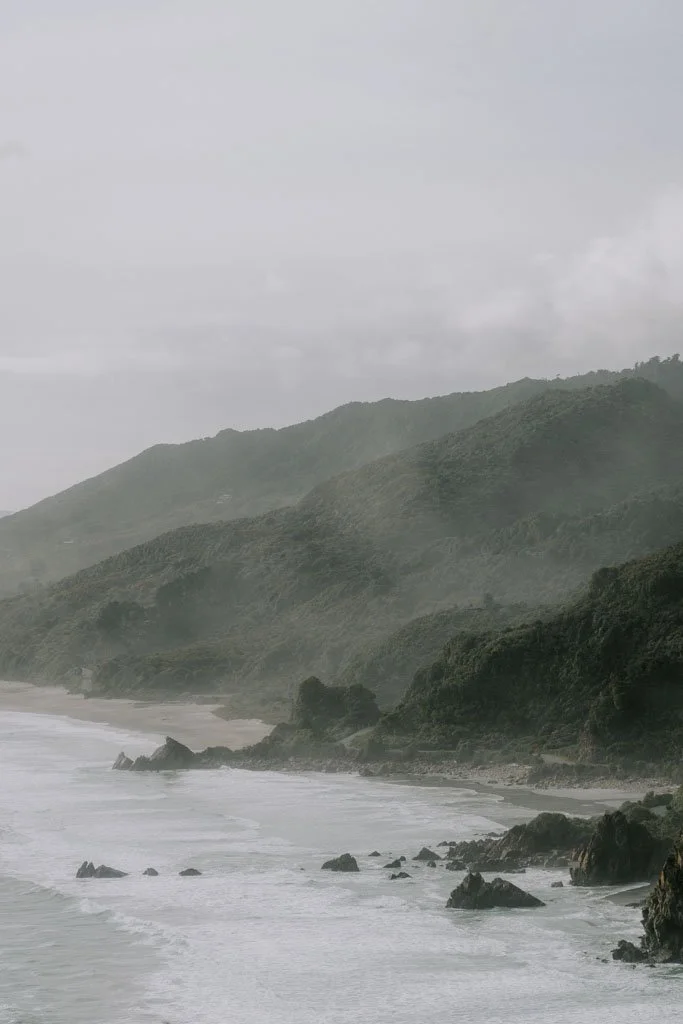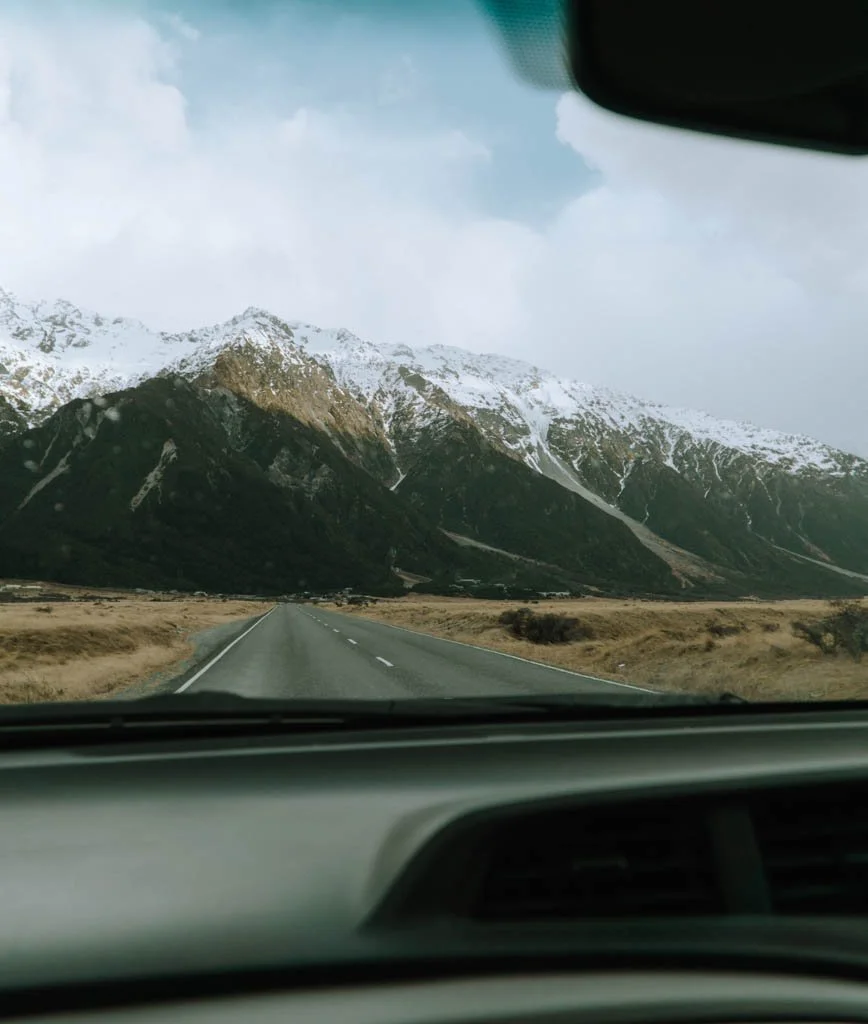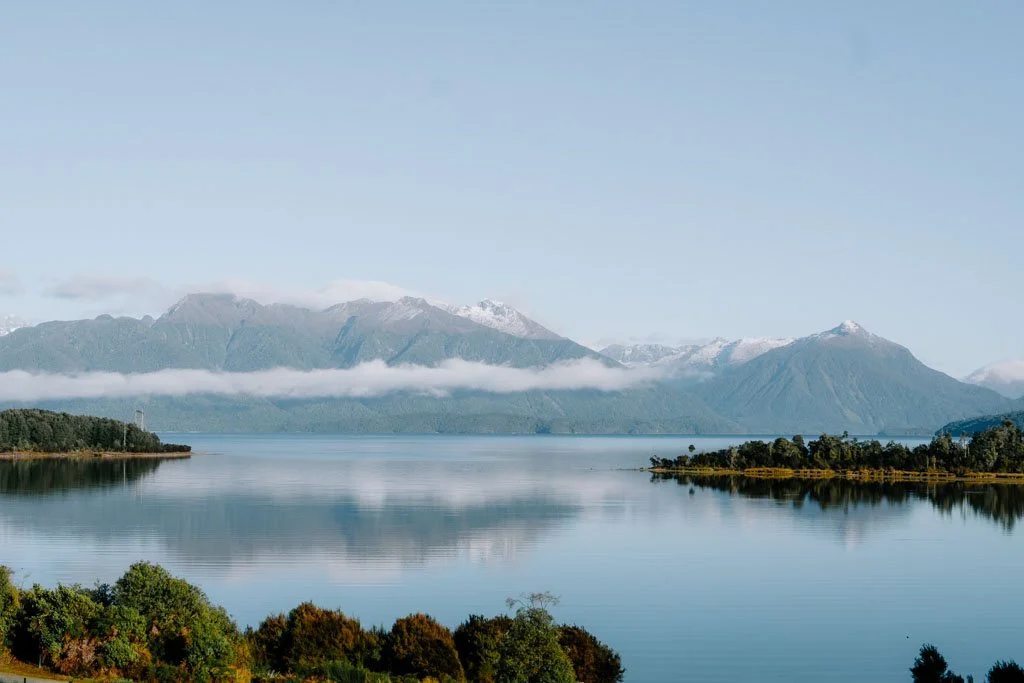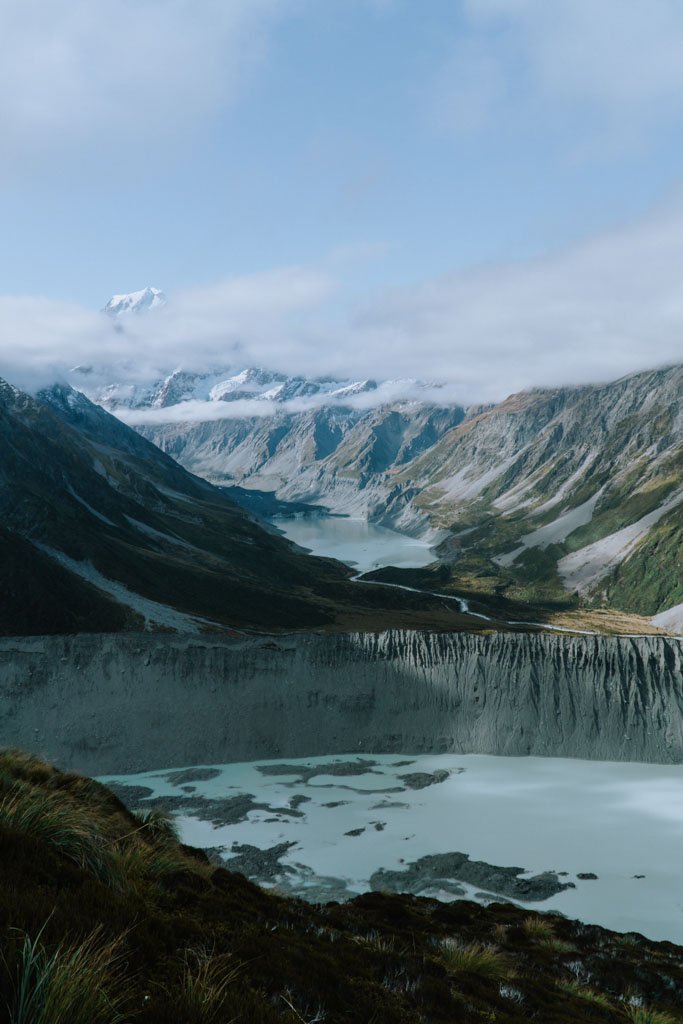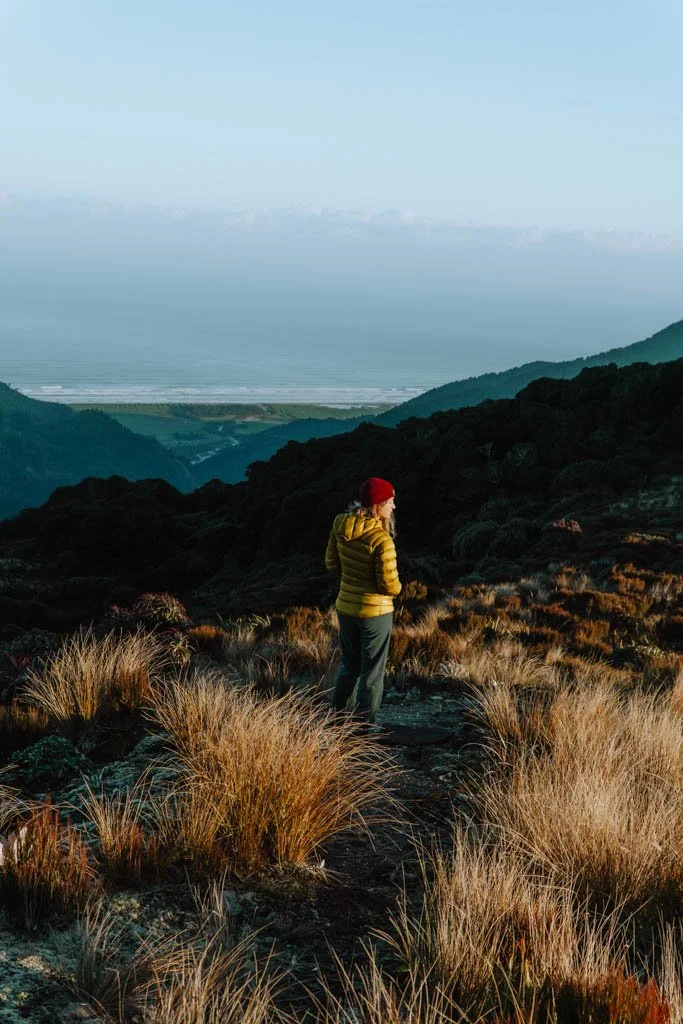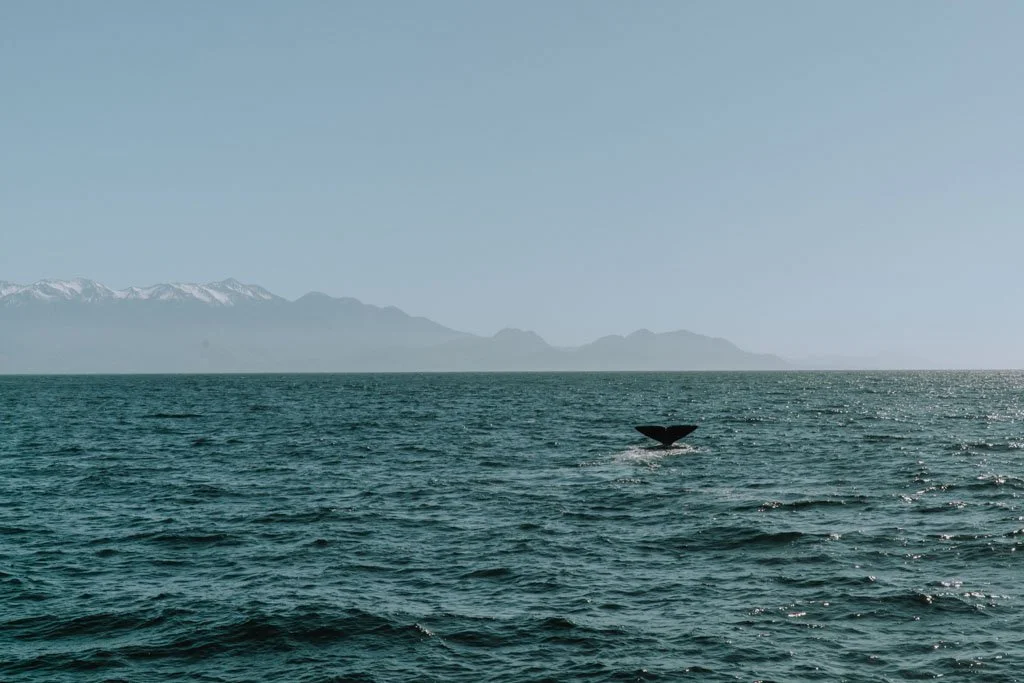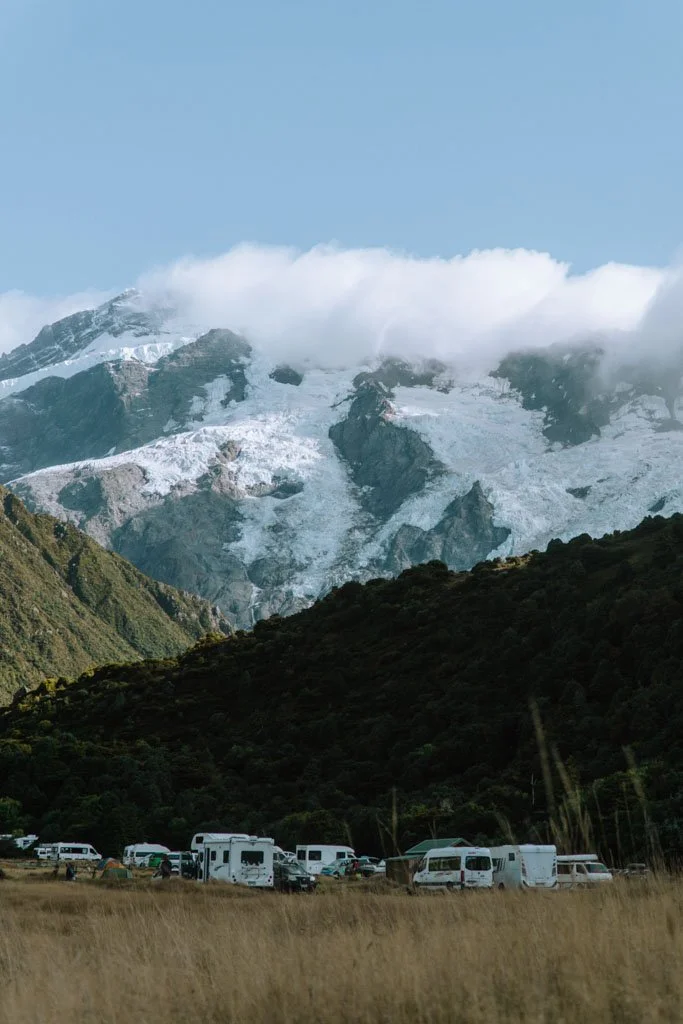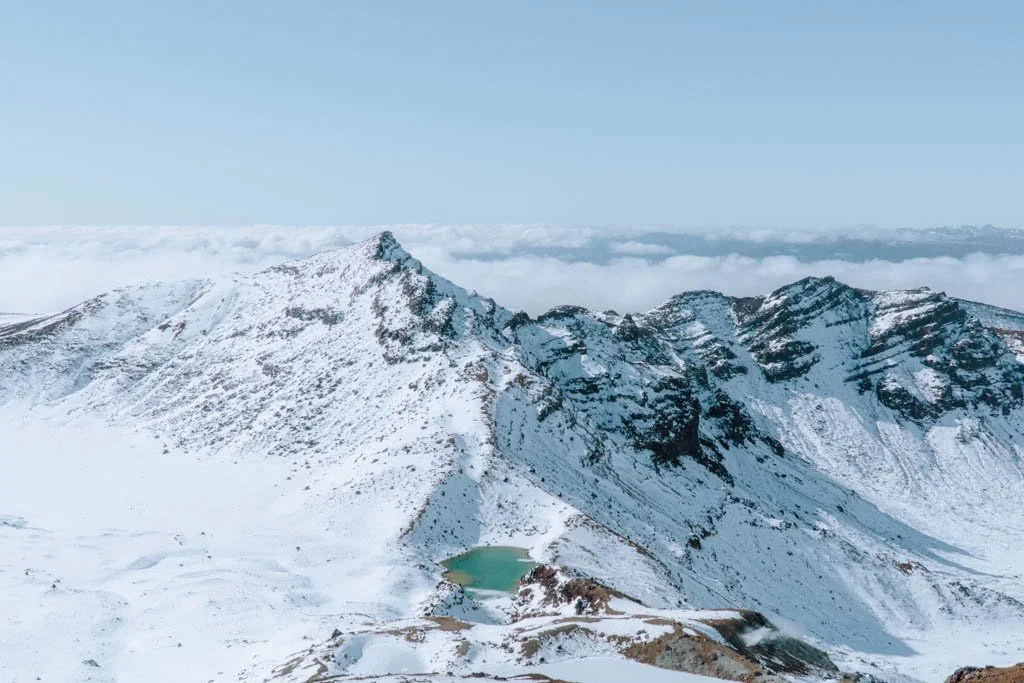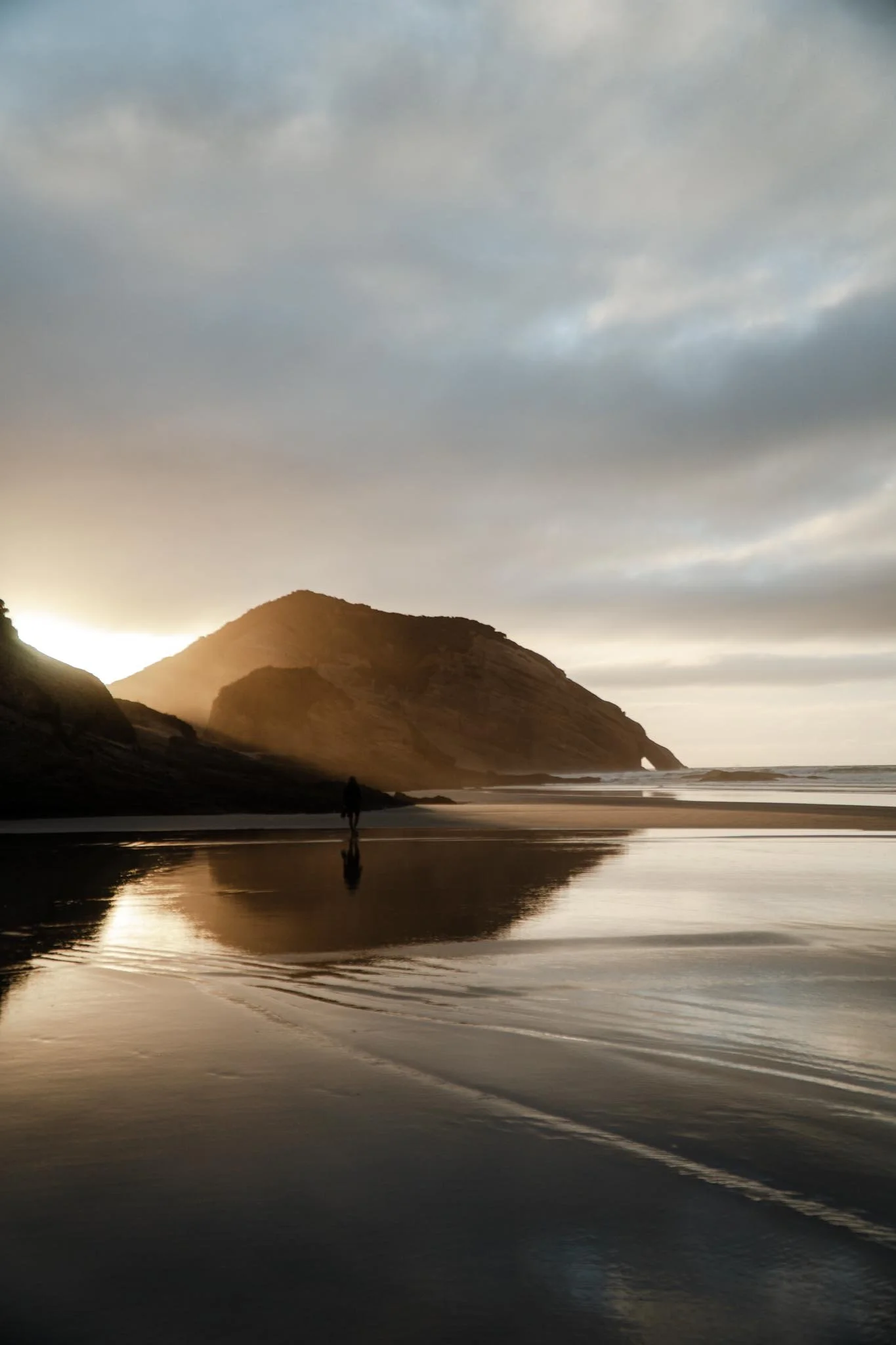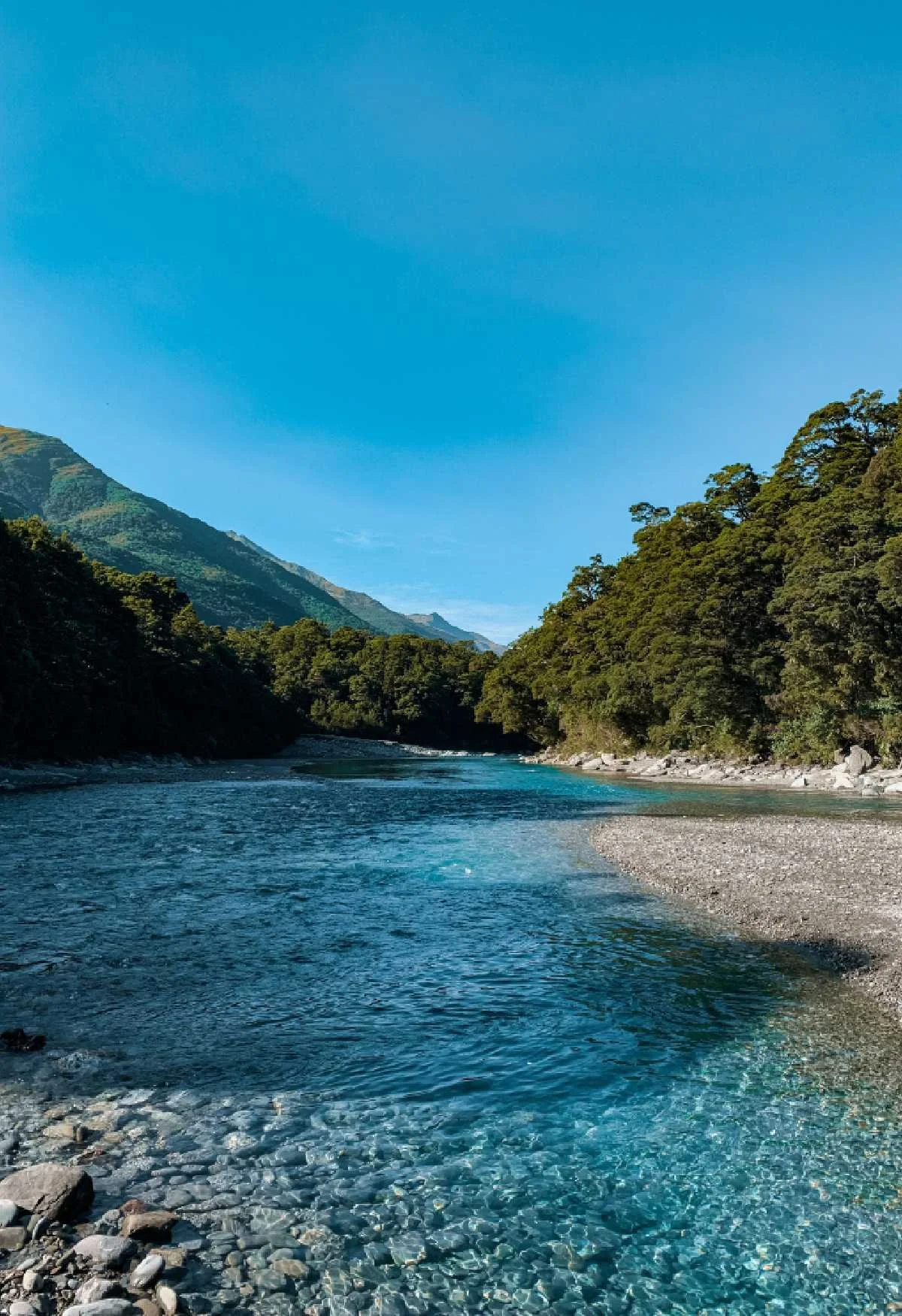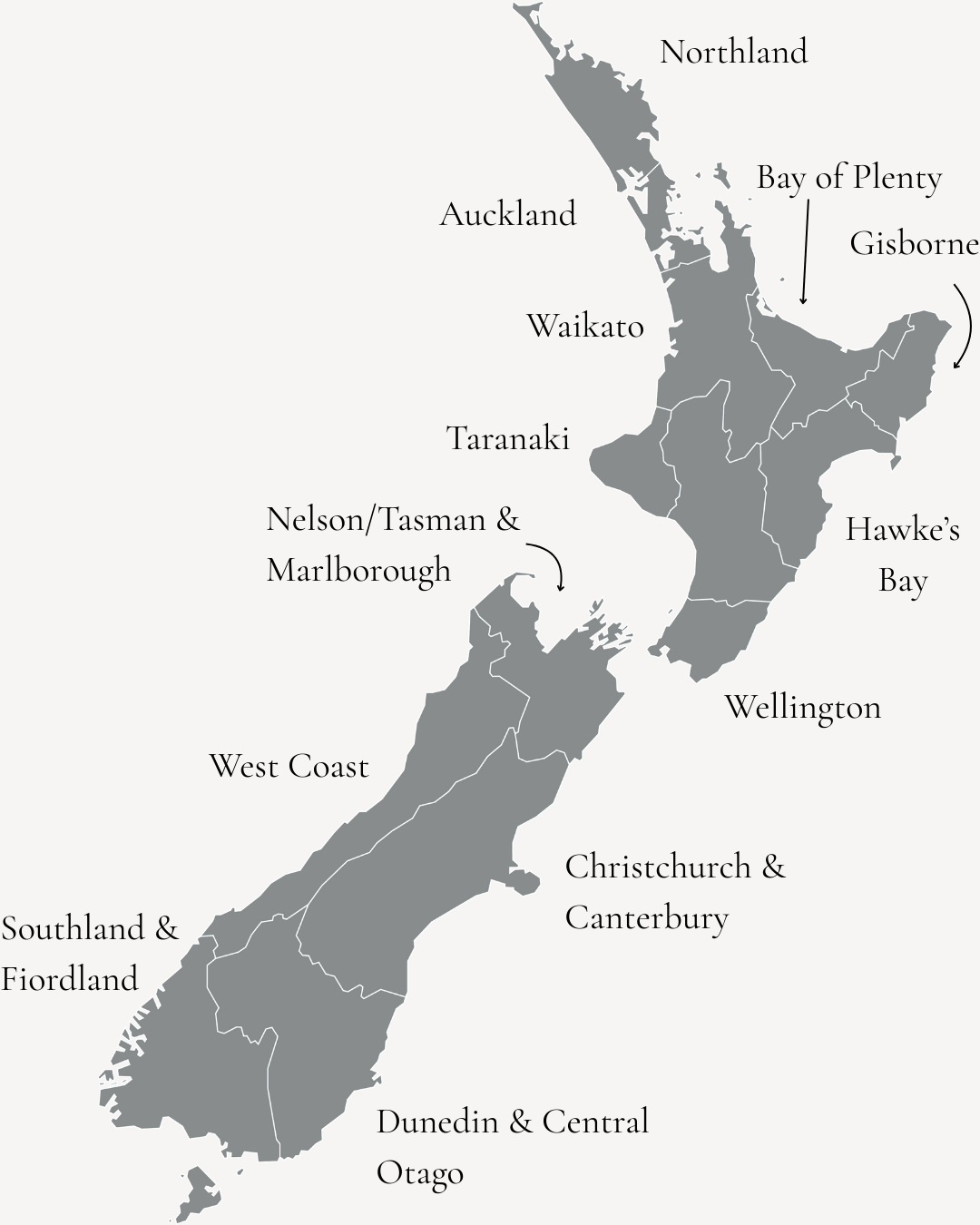NEW ZEALAND TRAVEL GUIDE
Tips and advice on travelling New Zealand, from a New Zealand travel writer; I’m here to help you discover the most beautiful places and best adventures in New Zealand. My ethos is one of less is more; sustainable where possible; and adventurous, always.

Planning your trip
A few essential details to get you started
How many days do you need to travel around New Zealand?
If you have the time, two weeks is an excellent amount of time to spend in New Zealand (of course, if you have two months, that’s even better).
With two weeks, you can split your time between the North and South Islands, which are equally deserving of attention.
If you only have 10 days in New Zealand, I recommend focusing primarily on one island.
Plan for more time than you think you’ll need when driving from place to place. New Zealand is a bigger country than many people realise, and we have narrow, winding roads in place of highways.
If you need to economise on time, cut out towns and cities from your itinerary — it’s not worth flying half way across the world to see Christchurch or Auckland. The highlights of New Zealand are all outside our cities.
When is the best time to visit New Zealand?
The best time to visit New Zealand is in February and March, when domestic travellers have gone back to work and school but the summer days are still sunny, warm, and long.
Earlier in summer, from late December to the end of January, you might find attractions crowded and prices sky high — that’s school holidays for New Zealanders, and we all hit the road to travel over summer.
Having said that, there’s no bad time to visit New Zealand, with each month of the year offering something unique.
Winter is also a great time to visit, but bear in mind that shorter daylight hours mean you might need more days to see everything.
Visit in the off season (from May to September) and you might have colder weather, but there will be far fewer crowds and much better deals on activities and accommodation.
Plus, you won’t need to worry about booking everything in advance.
The North Island
Often overlooked in favour of the South, the North Island is where you’ll find delightful beaches, volcanic landscapes, and Maori culture.
A snapshot of the North Island
Most international flights land in Auckland, New Zealand’s largest city.
From Auckland, you can road trip to North Island highlights like the geothermal parks in Rotorua, or the volcanic landscapes of Tongariro National Park.
An easy highlights circuit loops back up past Waitomo Caves to Auckland, from where you can fly south to Queenstown or Christchurch.
If you have more time in the North Island, the Coromandel Peninsula is ideal for a beachy road trip.
Or, head north of Auckland to Northland, a luscious region of sun kissed coastlines.
Taranaki is a wild region ideal for surfers and hikers alike.
North Island destinations
The North Island is, dare I say it, more diverse than the South. Sure, it’s more populated and has less of the wild, rugged beauty of the South Island, but there are some very beautiful corners of the North Island. These are the beaches, camping spots, and coastal walks that fuel my ongoing love for the North Island
The South Island
Home to the Southern Alps, glaciers, fjords, braided rivers and vast areas of wilderness, the South Island is a sparsely populated and rugged land holding a powerful allure for adventurers.
A snapshot of the South Island
Christchurch, and Queenstown have international airports which are also well-connected domestically.
There’s a good chance you’ll start your South Island trip in one of those towns and finish in the other. That gives you a loose framework for a road trip, whether that’s a shorter trip through the centre of the South Island, or a longer itinerary touring around either the West or the East Coast.
The top of the South Island is also worth a look, with Abel Tasman and the Marlborough Sounds both providing coastal walks and excellent kayaking.
You can see a lot with five days in the South Island, but if you have two weeks up your sleeve you’ll be able to get a real sense of the diversity of the island.
South Island destinations
From the golden bays of Abel Tasman National Park in the north of the island, to the wilds of Fiordland bordering the Tasman Sea in the south, the South Island of New Zealand is nothing short of spectacular.
South Island road trips and itineraries
GET INSPIRED
My top New Zealand experiences
After all the years I have spent travelling Aotearoa/New Zealand, these are the things I have loved the most.
01.
Cruising Doubtful Sound in Fiordland
02.
Hiking the Great Walks
03.
Spot whales in Kaikoura
04.
Hiking in Aoraki/Mount Cook National Park
05.
Going black water rafting in the Waitomo Caves
06.
Walking on a glacier in Franz Josef
07.
Travelling as far north as Cape Reinga
08.
Hiking the Tongariro Crossing (in winter)
09.
Road tripping Wharariki Beach and Golden Bay
10.
Exploring the huts and hikes in Mount Aspiring National Park
Resources for planning your New Zealand trip
A little quick fire round up of some of my top planning websites and resources.
DON’T FORGET: Immigration New Zealand’s information on the NZeta (essentially an online visitor visa)
MONEY
New Zealand is mostly cash free, with the occasional exception of campgrounds and roadside fruit stands. Generally, you can get away with paying for everything with a credit or debit card.
I use Wise, including in New Zealand (I love the way it helps me track my spending)
TRAVEL INSURANCE
I recommend World Nomads (it’s what I use outside of New Zealand — when I’m here, I only occasionally get a cheap plan to cover rental cars).
RENTAL CARS: RentalCars.com for comparing the prices of rental cars
RENTING A CAMPERVAN
Motorhome Republic for comparing the prices of campervans.
FINDING ACCOMMODATION: Booking.com is my preferred website for finding hostel or hotel accommodation in New Zealand. There are often holiday homes and more boutique, Airbnb style properties listed on Booking, so it’s a great all—in-one platform.
BOOKING ACTIVITIES: Viator is an easy way to book tours (as a disclosure, I have written for them before!).
USEFUL APPS: Rankers is my favourite app for finding campgrounds in New Zealand.
Another great app is Gaspy for saving money on petrol.
FIND WALKS AND HIKES: The DOC website is the best resource for all trails, scenic campsites, and mountain huts.
CHECKING THE WEATHER: Metservice is New Zealand’s main weather site, but NIWA provides good mountain forecasts (with details like how low the cloud will sit/what the visibility will be like) if you’re going hiking. I also love YR.
FIND RESTAURANTS: First Table is a great site which lets you book meals for 50% off.
KEEP YOUR SANITY: TripIt — an all-in one travel organiser for when the number of bookings starts to get overwhelming.
FOR TAILORED ADVICE: Book a call with me! If you need feedback on your itinerary or personalised travel tips, feel free to put some time in my calendar and let’s chat.
CURRENCY
New Zealand Dollar.
New Zealand is mostly cash free. Generally, you can get away with paying for everything with a credit or debit card. We refer to most card payments as “EFTPOS.”
If you’re looking for a way to manage your money in New Zealand, I use and recommend Wise (I love the way it helps me track my spending)
LANGUAGE
English (with a few local quirks) and Maori (kia ora is a great place to start getting your head around the Maori language — it means hello).
VISA
English (with a few local quirks) and Maori (kia ora is a great place to start getting your head around the Maori language — it means hello).
The lay of the land
New Zealand’s regions at a glance
AUCKLAND
The Auckland region encompasses New Zealand’s largest city and beyond, from the rugged black sand beaches of the west coast to the pristine white-sand bays lining the coast north of the city.
NORTHLAND
Subtropical Northland — also called ‘the winterless North’ by locals — is famous for deserted beaches, Cape Reinga, and rich Maori history.
WAIKATO AND THE COROMANDEL PENINSULA
The Waikato is largely a farming region, but there are a few tourist highlights (Hobbiton and Raglan). The Coromandel Peninsula is a worthy road trip destination, famous for beaches like Cathedral Cove.
ROTORUA AND THE BAY OF PLENTY
Rotorua is the hot spot of the Bay of Plenty, literally — this is where you’ll find bubbling mud pools and natural hot springs. Other towns in the region include Tauranga and Whakatane, both of which are forgettable. But, the coast in between them is a delight.
TAUPO AND THE CENTRAL VOLCANIC PLATEAU
Lake Taupo is all that remains of a massive volcanic eruption. Other volcanoes still persist in Tongariro National Park — squat Ruapehu and the perfect cone of Ngauruhoe make the skyline near here unmistakeable.
How much does it cost to travel to New Zealand?
Flights to New Zealand can be expensive, as much as $1000 USD return from the United States, and even more from Europe.
Hotels can cost anywhere from $100-400 NZD a night, rental cars around $50 a day, and activities up to $500 for premium options such as going on a glacier heli hike in the South Island.
Having said that, you can travel New Zealand on a budget if you’re willing to stay in campgrounds and holiday parks, cook most of your own meals, and enjoy the many free activities such as hiking, museums, art galleries, beaches, and glow worm caves.
You could travel New Zealand on a budget of less than $1000 NZD a week by doing this.
Or, you could spend as much as $4000 a week by staying in hotels, eating in the best restaurants in Queenstown and Auckland, and enjoying activities such as heli hikes, winery tours, and boat cruises in Milford or Doubtful Sound.
What’s the best way to get around New Zealand?
The easiest way to get around New Zealand is to rent a car or a campervan.
Having your own vehicle means you’ll be able to access all of the more remote — and beautiful — parts of New Zealand.
The only caveat with this is that you’ll need to get comfortable driving on New Zealand roads (we drive on the left) and it’s not the most budget-friendly way to travel, especially if you are travelling alone.
It is possible to get around New Zealand on public transport.
There’s only one national bus network in New Zealand, and the only trains are designed to be scenic experiences rather than to connect main centres.
That makes travelling without a car difficult, but it’s not impossible.
Flights connect Auckland, Wellington, Nelson, Queenstown, and Christchurch, so you could hop between cities and use shuttle services to reach places like national parks or popular hikes.
For some activities, such as the Great Walks, you often need to book a private shuttle anyway. And for other trips, such as scenic horse rides in Glenorchy, the operators often provide transport out to where they are located.



